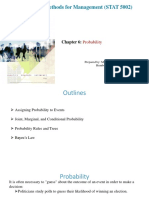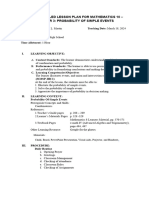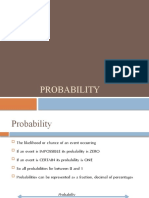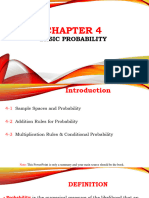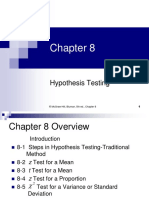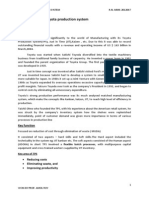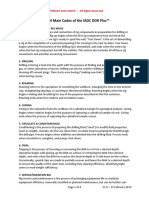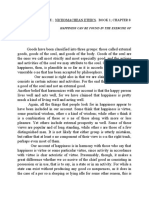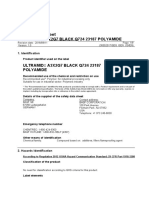0% found this document useful (0 votes)
73 views50 pagesLesson 2.1 and 2.2 Probability and Random Variables
1) The document discusses probability distributions of random variables and how they are used to model characteristics of interest.
2) It covers basic probability concepts like the addition and multiplication rules, conditional probabilities, and independent vs. dependent events.
3) Key points are that probability quantifies the chance of outcomes, the probabilities of all outcomes must sum to 1, and independent events have a probability of occurring together equal to the product of their individual probabilities.
Uploaded by
talatayodjasminesCopyright
© © All Rights Reserved
We take content rights seriously. If you suspect this is your content, claim it here.
Available Formats
Download as PPTX, PDF, TXT or read online on Scribd
0% found this document useful (0 votes)
73 views50 pagesLesson 2.1 and 2.2 Probability and Random Variables
1) The document discusses probability distributions of random variables and how they are used to model characteristics of interest.
2) It covers basic probability concepts like the addition and multiplication rules, conditional probabilities, and independent vs. dependent events.
3) Key points are that probability quantifies the chance of outcomes, the probabilities of all outcomes must sum to 1, and independent events have a probability of occurring together equal to the product of their individual probabilities.
Uploaded by
talatayodjasminesCopyright
© © All Rights Reserved
We take content rights seriously. If you suspect this is your content, claim it here.
Available Formats
Download as PPTX, PDF, TXT or read online on Scribd
/ 50







